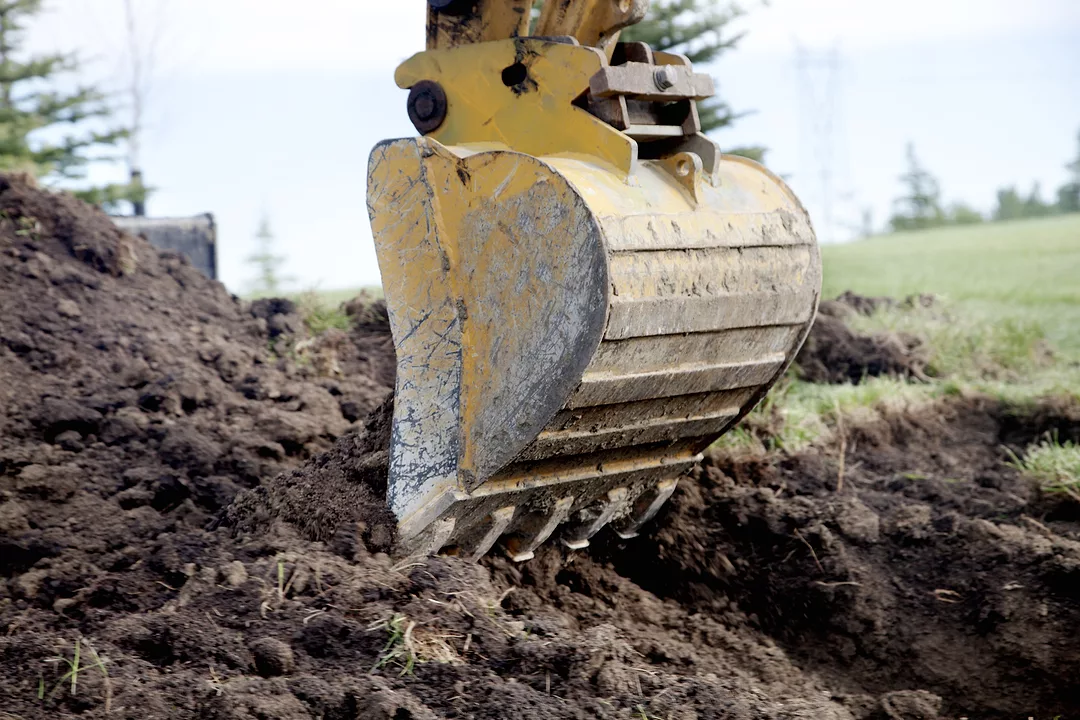Let’s explore the life cycle of your business. Perhaps once upon a time, you bought a truck and some tools or maybe picked them out of daddy’s toolbox. You started a service company because it seemed like easy pickings. Maybe you had a fully formed business plan. However, most folks I know Just. Got. Going. Over time, you added team members and trucks and software and systems — and started to grow a real business.
At some point, you may decide to expand. Is that where you find yourself now? If so, watch out. If you are not super clear about what you want to create, you can get pulled into a direction that may not suit you.
One of your favorite customers might say, “Hey, I’m building a new vacation home about an hour from here, and I wouldn’t trust anyone but you to do the plumbing.” Flattered, you agree to do it. Six months later, you find yourself thousands of dollars behind on collection and dozens of hours over budget. Gulp.
Or you say yes to every request and inadvertently create a circus train of offerings, with an expert or two in each discipline. Then, when your controls expert quits, you are out of business in that department and may need to jump in yourself. Double gulp.
Selling install jobs
I’m not suggesting you don’t grow or diversify. Just be selective about what you do and how to do it. You could move into doing bigger jobs. A nice, organic growth strategy is to start offering replacements and upgrades in addition to repairs. At Zoom Drain, we call the bigger jobs “install” jobs.
If you are ready to consider install work, you could jump in with both feet. Or it may make sense to ease in one toe at a time.
Who will sell it? There are two viable models when it comes to selling install work. One is to develop selling technicians — service techs who are trained to sell bigger jobs. The other is to have service techs turn over leads to a salesperson when it becomes apparent that a replacement system is a reasonable or required next step. We prefer a salesperson model; however, both can work well.
In a small shop, the owner may initially sell the bigger jobs. One advantage of expanding into install is that a tech with good sales skills may be a good candidate for the salesperson role. One only has so many years in the field before knee and back issues become a reality.
As you get started with install work, you may choose to refer the whole job to a trusted referral partner. You could request or require a referral fee, or you could just help a brother or sister out by referring the work. They may refer good jobs back to you.
Should you decide to move into doing more of the work yourself, it’s a good idea to let your referral partners know. It’s a trust-buster if they discover on their own that you are now competing with them.
Doing the work
Who will do it? With either sales model, you are well-served to hand the actual work over to an install crew.
Until you have a fully developed install team, you could subcontract the actual work. You can sell the job, then oversee and subcontract to a referral partner. Yes, you can and should add a percentage to the selling price for your job management services. I know of a few companies requiring their subcontractors use unmarked vehicles to not confuse their customers. That’s an option. In any event, be communicative with all parties as to how the flow of communication and payment will work.
You may rent the bigger equipment as you grow, and commit to adequate training for you or team members to safely and successfully use the equipment. My mentor Al Levi suggests that you don’t buy a piece of equipment until you rent it more than 11 days a month.
You might move into leasing or buying the equipment needed for bigger jobs once you find yourself renting it regularly. Note: Part of this decision is based on how much you love vehicles and equipment! If you are like my husband, the vehicles and tools are the best parts of this industry. Just sayin’.
Your commitment to doing this work in-house allows you to grow an install crew. Some of your techs would rather work on day-long projects and avoid selling situations. You also can develop apprentices on these jobs, and the extra hands can bring them in on budget.
Acquisition is a very good way to add install or another department to your business. Your referral relationships may start to pay dividends as they can develop organically into “Why don’t you make me an offer?” conversations.
Keeping track
How to keep on track? As you expand your services, pre-plan the needed personnel on your organizational chart. For every salesperson, you could add two two-person crews (four people total). If you want to grow your company even faster, add an apprentice to each crew. Of course, you’ll want to create job folders and checklists for before, during and at the end of each job.
Use classes to keep track of your service and install departments for sales and cost of goods sold expenses. You’ll need to budget accordingly. Note that the most conservative approach is to use your hourly service rate for install. An argument can be made that you could charge less for install because you have, theoretically, more efficiency and billable hours. However, I believe you and your crew deserve to make a great living doing this work — and the bigger the job, the greater the risks.
At Zoom Drain Philadelphia, they have done install jobs in every way I described. Currently, they do most aspects of the jobs themselves. Over time, they assembled an armada of equipment: excavators, dump trucks, jetters, generators, compressors, locators, etc.
Recently, I tagged along with an install crew on a sewer relining project. I looked around the jobsite and added up more than $250,000 worth of equipment. Two techs and an apprentice were on the job. Technicians are relentlessly trained in all aspects of the job, including confined spaces and heavy equipment operation.
It’s imperative to be obsessed with safety and keeping jobsites neat and clean. An excavated trench should have straight, plumb walls. The tools and dirt pile need to be arranged specifically to not become a tripping hazard or an impediment to the work.
Eric Paolucci, our install manager, told me, “The trench should look like a grave, and we have to do everything right so it doesn’t become one.” Sobering words. While you might not do drain and sewer work, you may find parallels to your business should you add boiler replacements, geothermal or HVAC work. Gas, fire, water and electricity? What could go wrong?
A whole lot of time, energy, money and risk is involved in every install job. Let this serve as a reminder to you and me that the selling price on install work must cover all this, plus the inevitable mistakes and lessons learned along the way. Considering the essential, honorable and dangerous nature of this work, you and your crew deserve to make great money doing bigger jobs.





